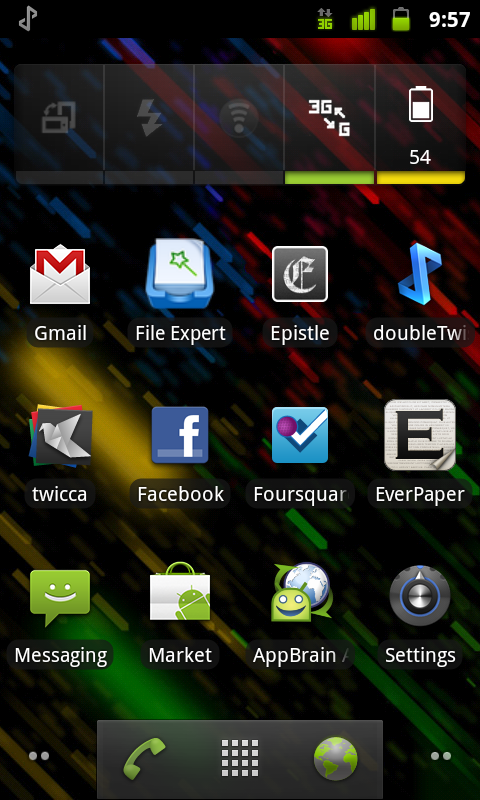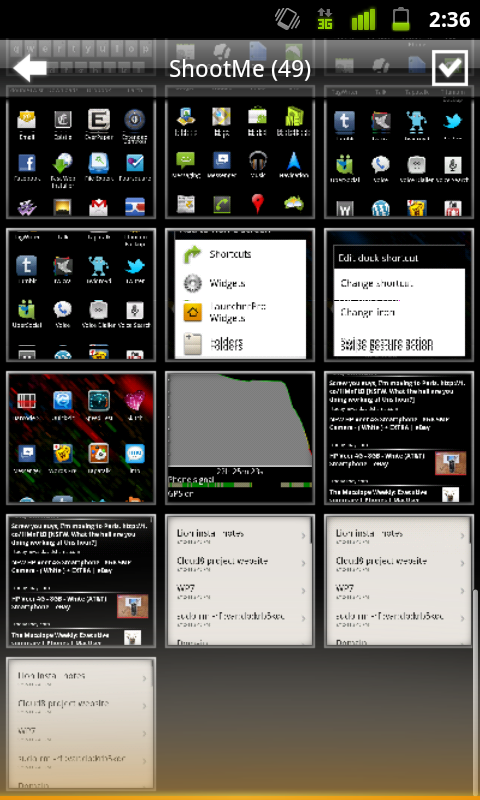It’s like a rollercoaster over here.
The past few days have sucked completely because I’ve been very unproductive (and that will have some consequences I’ll face some other day), and for a moment there, it was almost funny — I’d think about how much work I had to do, do completely none of it, then think about the consequences of not doing so. This led into a spiral of doom which me feeling pretty sucky; getting angry at myself for not doing any work, knowing any consequences I would have to bear would be all my fault, writing semi-depressive blog posts on the subject under the guise of unanswered questions, questioning all sorts of things.
Yeah, it kinda sucked.
But the thing is, now those deadlines have come and gone, I got a whole heap done today. There’s no hugely pressing deadline per se, but I did have to get a few things done by tomorrow or the end of the week — and today, I pretty much ticked off every single thing on my list. Weird, right?
It’s not that I can’t work under pressure — arguably some of my best work is when I’m thrown into the deep end. So what is it? The pressure of doing my best work knowing that someone is looking over my shoulder every step of the way? I used to say that I did my best work alone, but now I’m not so sure. Perhaps I need that pressure of being accountable, that pressure of knowing that I’ll have to answer to someone for my work— someone other than myself.
You know what? I’m actually not sure what it is. Perhaps it’s the fact that when faced with a million seemingly-insurmountable tasks and the lure of a good game, I’ll choose the game every time. Or perhaps it’s the fact that sometimes I just can’t be bothered — I could do the work if I was bothered, but man, sometimes I just don’t see the point.
In any case, I got a few things done today that I’m pretty proud of. Unfortunately, I’ve also made some pretty poor decisions in the past week — the consequences of which I’ll face some other day. No sense getting dragged down by the past now, is there?
Over and out.
This post part of Blogtober 2011, just a little thing of mine where I (attempt to) post something up on my blog every day in October 2011.


